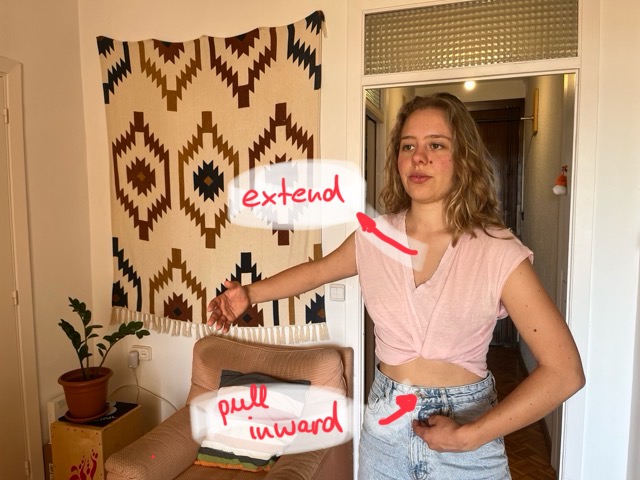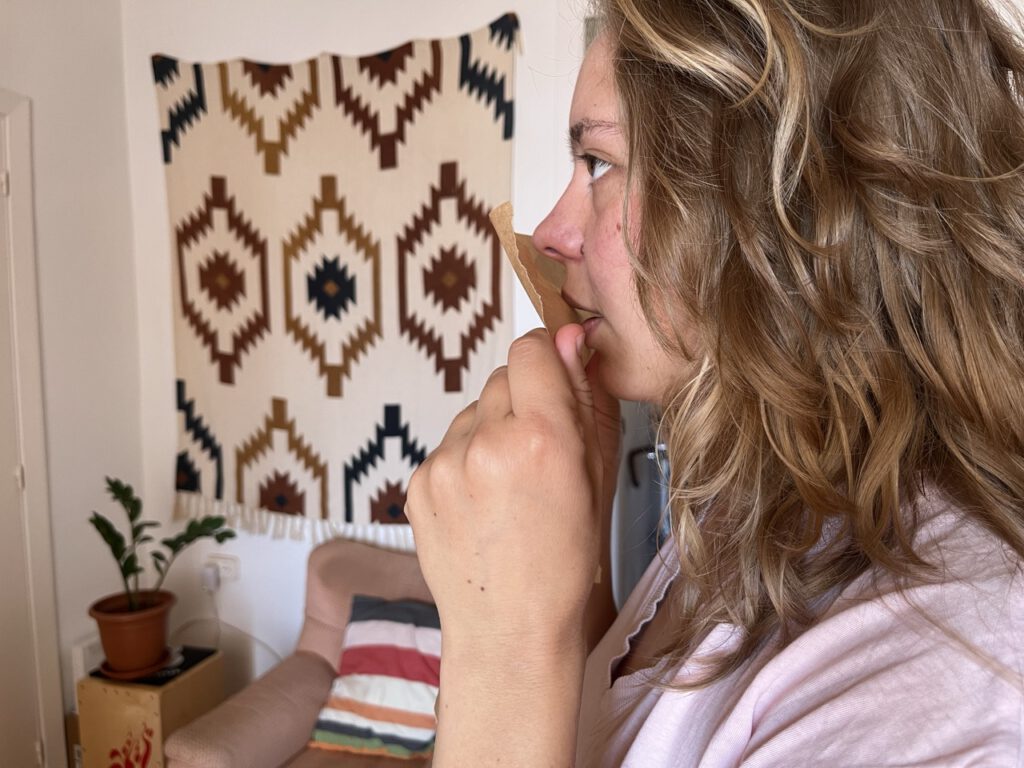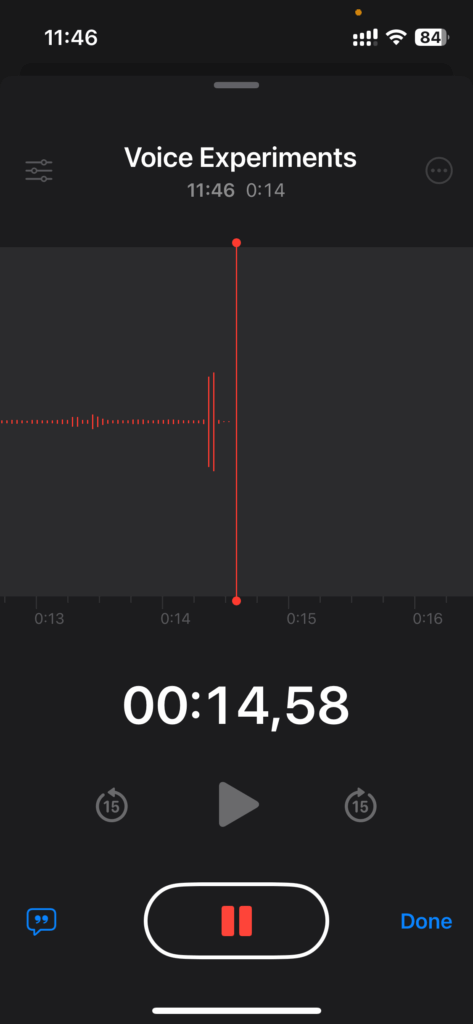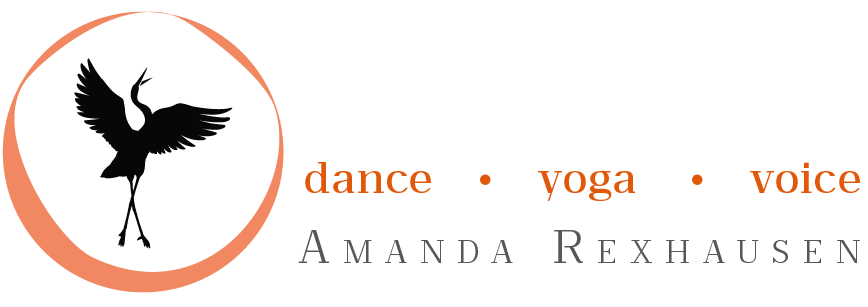Ever tried showing a singing technique and realised, mid-demo, your voice just isn’t cooperating? I have—more than once. It usually hits me when I skip my own warm-up and jump straight into teaching. Suddenly, things that normally feel easy don’t work. It’s frustrating and confusing, like forgetting how to ride a bike.
Without vocal exercises, I feel like I’ve lost all my technical skills overnight. My voice might crack on tricky parts, my mix feels clumsy, and everything just takes more effort. It’s like trying to paint with a dry brush. Vocal exercises bring things back into focus and make singing feel fluid again.

What Vocal Exercises Actually Do for You
- Let you zoom in and isolate tricky areas
- Build muscle memory for vocal scenarios that pop up in real songs
- Help you explore tone, placement, breath, and more
- Train your ears and body to respond instinctively and naturally
- Restore and recalibrate vocal balance and endurance
For me, it’s like tuning an instrument before a performance. When I don’t warm up, I feel like a stiff, under-rehearsed dancer trying to pull off a grand jeté. But when I do, my voice feels elastic, confident, and ready to express. That kind of readiness changes everything—from confidence to creativity, and even joy.
Essential Daily Vocal Warm-Ups
Let’s talk real routines. Mine always begins with a body warm-up. Think of it like priming a canvas before painting.
Physical & Nervous System Wake-Up
- Rolling shoulders and neck
- Massaging neck and jaw
- Forward folds to release tension
- Shaking out the body
- tapping the top of the head and the face like rain
- Deep breathing with body awareness
- Arm swings and light stretching to open up chest space
This combo wakes up the body and nervous system. Singing well is about being alert and relaxed. Think of it as prepping your whole instrument—not just the vocal cords. A relaxed body allows for better breath support and clearer tone.

Doing light sports beforehand, like a short jog, dancing, or even a few jumping jacks, can also be a great way to naturally awaken the body and increase circulation. It gets the blood flowing and creates a baseline of energy and responsiveness that sets you up for a more vibrant vocal session.
Yoga is another fantastic option—it helps you tune in mentally and physically. A few sun salutations or gentle stretches not only loosen the body but also create a calm, focused awareness that’s perfect for connecting with your voice. And its good for your body and mind too!
My Favorite Voice Wake-Up Moves
- Humming to find resonance and ease into sound
- A-O-A or U-O-U while gently touching my throat and feeling for vibration
- Sliding between pitches softly to ease into range
- Sighing dramatically to release any tension (the more cartoonish, the better)
These help the vibrations settle in and support vocal connection. I also love sighing in a ridiculously joyful way—think cartoon-character levels of joy. Childlike playfulness is super effective at gaining vocal freedom and emotional connection.

Odd but Awesome Warm-Ups
- Tapping your chest while saying “Ah”
- Yawning in a sea-cow way (yes, I’m serious)
- Shaking while vocalizing like I did riding a bike over bumpy roads as a kid
- Doing “horse lips” (buzzing the lips like a horse) for relaxation
- Light humming into a cup or straw submerged in water
Weird? Maybe. Effective? Absolutely. These quirky exercises reset tension and help me loosen up before technical work. They’re great for inviting spontaneity into the warm-up. And yes, I do often wonder what my neighbours might think… but hey!
Breath Control Exercises to Support Your Voice
Learning breath control can be a real puzzle. What helped me most was Imagining my chest as a solid tube and my lower belly as the force that pushes air up through it. The chest stays stable, while the belly does the work. This mental image grounded my technique.

My Breath Go-Tos
- Lip trills (sirens, 5th slides, arpeggios—you name it!)
If you’re not engaging properly, lip trills expose it fast! That’s why I love them so much.
- Staccato “sh-sh” or “t-t” sounds for belly engagement
Between each sound, the belly should to relax to inhale passively. Otherwise, there’s no power left to push from.
- Extended exhales while counting or singing on one note
- Inhale-hold-release cycles (like box-breathing from yoga) to control airflow under pressure
I’ve also found that mental focus while breathing enhances vocal control significantly. Pairing that awareness with physical movement—like yoga or light exercise beforehand—can wake up the body in a natural, energising way. It sets the tone for both breath and voice to connect more fluidly. Without that mindful breath support, everything else tends to collapse. It’s the fuel system of the voice. No breath, no voice.

Vocal Agility Drills to Boost Flexibility
My agility roots go back to choir and classical training. Practicing fast tone rows or riffs in pop and jazz pushed me to move more freely. Agility builds confidence in transitions and expression. Flexibility helps your voice stay responsive, even in high-pressure performances.
Agility Builders I Swear By
- Number scale runs: 1, 1-2-1, 1-2-3-2-1,… and so on up to 8 and back
- Skips and claps: Replace certain notes with claps for mental and vocal flexibility
- Patterns like: 1-3-5-8-5-3-1 or 1-3-5-8-10-12-11-9-7-5-3-2-1
- Descending chromatics on different vowels
- Vocal “zigzags” that jump intervals in unexpected ways
Do these on different syllables or lip trills for variety and challenge. Change up tempos, too.
Feeling Stiff? Try This
- Imitate melody instruments (sax solos are great!)
- Play around with riffs from vocalists you love
- Do anything that moves your voice a lot
- Freestyle over backing tracks and explore your range
- Sing scales in reverse or in circular loops
And most importantly: let it be fun. Movement builds mastery. A mobile voice is a confident voice.
Resonance and Tone Quality Exercises
Resonance has always fascinated me. But my real “aha” came during my vocal coach/holistic voice therapy training. That’s when I realised technique is just scaffolding. The real art is sensing and letting emotion move freely through your voice.
Tricks for a Fuller Sound
- Use baking paper or a balloon in front of your lips to find that spot where the sound vibrates
- Cover your ears slightly and find a ringing tone in your voice
- Record and compare to track resonance shifts over time
- Sing into corners or walls to reflect sound and gauge tonal clarity
Feed the resonance until it blooms and your tone becomes effortlessly rich. Resonance adds depth and dimension to every note. If you are interested in resonance read more about it in my Ultimate Guide to Resonance in Singing: What It Is and How To Develop It.

How I Work on Nasal Resonance
- “Ney ney ney” on 1-3-5 patterns to bring sound forward
- Think of sounding like a whiny kid—it helps!
- Use “non non non” or “map map map” to engage mask placement
- Buzz into your nose or cheeks to feel facial vibration
Exercises for Expanding Vocal Range
Surprising myself with new highs or lows never gets old. But it only happens with consistent, gentle practice. Building range takes time and patience.
What Works For Me
- “Mim mim mim” on 1-3-5-3-1
- Sirens on “ng” or “you”
- Wie-wa-rum on descending 5-3-1 for low notes (pronounced “vee-vah-room” – a little bit of german for you here)
- Sliding from chest to head voice and back
- Scales that climb by half-steps to expand top notes
For high notes ground your energy and find inner spaciousness. For low notes stay light and think upward. Visualise the note forming gently inside your mouth rather than pushing from the throat.
Avoid Straining by:
- Practicing a little every day
- Stopping before or at the lates when it starts hurting
- Staying playful and focused on sensation, not volume
- Exploring vowel shapes and consonant combinations
- Resting your voice when it feels tired or hoarse
Best Vocal Exercises for Beginners
Starting out? Here’s what I recommend:
The Beginner Starter Pack
- Sustained “f” or “sh” breath to feel belly engagement
- Lip trills for breath control and fun
- “Momy made me mash my M&Ms” on 1-2-3-4-5-4-3-2-1 for articulation an fun
- Sirens on soft vowels to ease into range
- Five-note scales on “mee” or “noo” to build tone focus
Common Beginner Mistakes
- Too much throat/neck tension
- Not using breath support
- Overcomplicating it—if you can speak, you can sing
- Expecting instant results instead of growth over time
- Trying to copy other voices before developing your own
Stay Motivated
- Choose a few favourite exercises to repeat
- Mix up how you do them (slide, riff, speak them, etc.)
- Keep it playful and remember: music is alive! Don’t aim for perfection—aim for enjoying it every single time.
- Track your progress with recordings and mini goals
- Celebrate small wins and vocal discoveries
Common Mistakes to Avoid During Vocal Training
My Biggest Vocal Lesson
Singing loud all the time is exhausting and limiting. I learned to value texture over volume. Light and dark, soft and powerful—they all matter. Nuance creates beauty.
Small Fix, Big Impact
Tongue placement. Keeping the tongue front and down stops it from blocking your throat. Combined with shaping the mouth, it will transform your tone. It will also make high notes easier and your words clearer. A relaxed tongue is essential to clean tone and easy articulation.
I was recently reminded of this by my current vocal coach Marta Fabregat from canto con clase. Check her out, she’s a highly experienced and empathic singing teacher in Barcelona!
Please Don’t Do This
Don’t force your voice into a register. Let it change naturally. Then shape the tone with vowel placement. You’ll have a much healthier, more sustainable voice. The voice grows over time—honor that process.
Tools and Apps to Support Your Vocal Practice
What I Actually Use
- Voice memo app to record my singing lessons and my own practice
- I use my recordings to sing along with my teacher’s warm-ups without having to reinvent the wheel every day
- Metronome apps to stay rhythmically grounded

Pitch & Playback
- Again, I use voice memos to listen to myself from the outside. I also rely on my trained ear, thanks to growing up in a musical household (shoutout to my violin-maker dad!).
- If I go off pitch, I usually just relax and let go of tension. That fixes it 99% of the time.
- Apps like VocalPitchMonitor (iphone I android) are great tools for beginners and pros alike
Tools I Wish I Had Sooner
- All those incredible YouTube tutorials! So many gems out there now that didn’t exist when I was starting.
- Apps that analyze pitch, vowel shape, or airflow in real-time
- Online forums or practice groups for feedback and support
Conclusion
Vocal exercises aren’t about perfection—they’re about freedom. The kind of freedom where you can let go, connect with your body, and trust your voice to show up for you. Every time I warm up, I feel like my voice and I are on the same team again. I sing more clearly, more confidently, and with so much more joy.
So take the time. Be curious. Be weird. Shake, sigh, trill, and tune in. Try the silly stuff. Challenge your limits. Listen closely. Keep exploring and discovering what makes your voice come alive.
Your voice isn’t just an instrument—it’s you. Honor it, nurture it, and let it sing.


